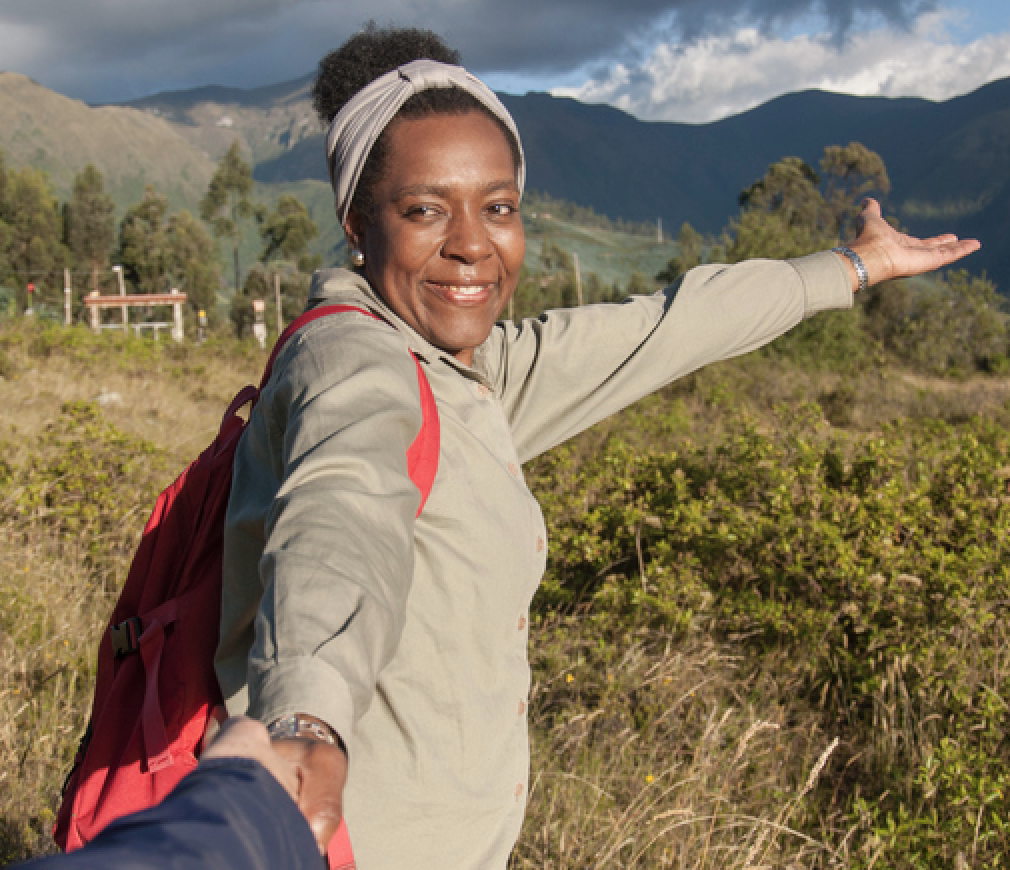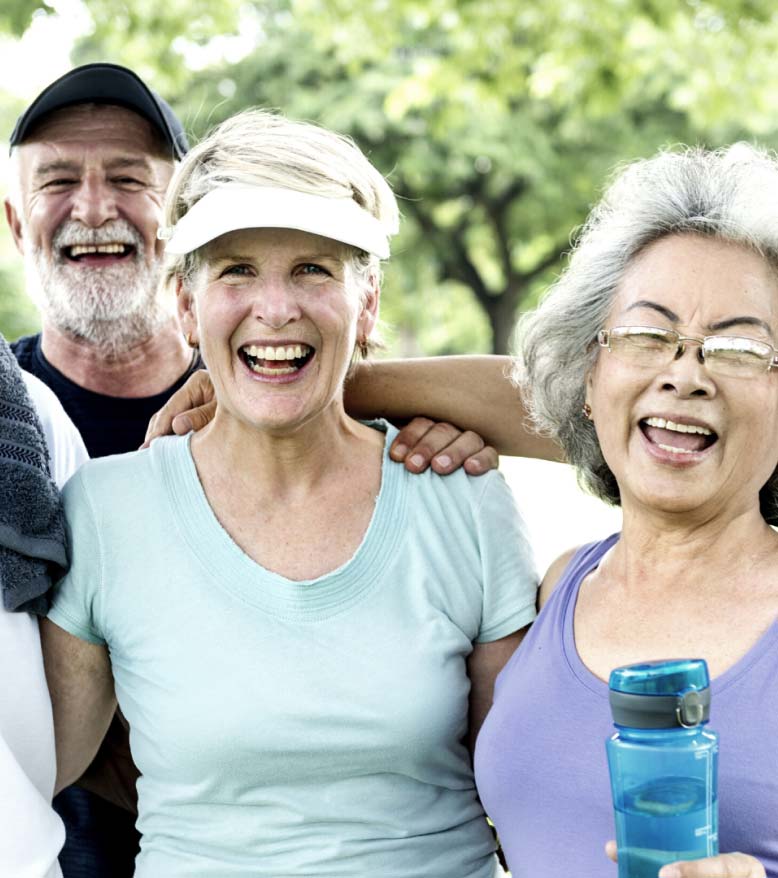Hold Steady: Tips To Keep You Balanced For Fall Prevention Awareness Month
September 10, 2025

As certain as the leaves beginning to change color and pumpkin spice appearing in your local coffee shops, so too does September signal the arrival of Fall Prevention Awareness Month. Academic centers and agencies serving older adults use September to highlight the risk of falling for older adults and what can be done to reduce those risks or even prevent falls in the first place. As we’ve noted in past agebuzz posts, the risk of falling increases as you get on in age, and there’s been a sharp rise in deadly falls among older adults in recent years. Furthermore, if you’ve fallen once, your risk of falling again goes up considerably. The reasons older adults may be prone to falling and incurring serious injuries (even death) are myriad and multifaceted: Everything from medications to vision and hearing impairment, to muscle loss and bone weakness, to alcohol use or household tripping hazards may all play a role.
A recent study published in The Journal of General Internal Medicine examined the strength, stability, and mobility of older adults taking 5 or more medications (which includes a significant portion of older adults) and found evidence that this level of prescription drug use is associated with an increased risk of falls. While the medications themselves may not cause the falls, their interaction and influence on existing health conditions could set someone up to lose balance or otherwise be a fall risk. In fact, polypharmacy should be a red flag to assess someone’s risk of falling, an assessment that should be covered under the annual wellness visit for Medicare recipients. While there is debate as to whether significant prescription drug use among older adults is the reason for the rising rates of fatal falls, there’s no doubt that in the United States, the heavy use of prescription drugs may exacerbate the risk of falling. If you take multiple medications, you should start a conversation with your doctor about whether any medications that increase the risk of falling could be tapered or swapped out to lessen that risk.
There’s also new research about the role of arm movement when older adults fall. Coming out of the University of Arizona and published in Nature Scientific Reports, this study suggests that slower arm movement sets up older adults for a greater risk of falls, as they cannot stabilize themselves quickly enough when they wobble or become unsteady. Furthermore, this sort of arm movement delay could cause “side falling” rather than falling backwards, more likely to lead to a hip fracture. Thus, one takeaway from this research may be that adding arm exercises and building up shoulder and arm muscles may be valuable in the fight against injurious falls. So start some arm rotations and read more here.
What other kinds of fall prevention strategies and balance boosters can lower your risk of falling? A recent Wall Street Journal post outlined 7 tech items that can help you better understand your personal risk and help lower your chance of falling, including such devices as fitness trackers, vital sign monitors like blood pressure gauges and blood oxygen level monitors, gait sensors through a smart watch or smart “insoles,” and even door bell cameras, so there’s no need to rush to answer the door, thereby setting yourself up to trip. There is also an array of recommended exercises intended to shore up your balance, strengthen your limbs, and put you on a steadier footing. For example, does your exercise routine include heel raises, step-ups and side steps, and walking head turns? If not, pull out your exercise mat and look here. Additional exercise recommendations might include heel-to-toe walking, marching in place, or sit-to-stand movements to improve your balance, strength, and coordination. If you want to test your balance, here’s a set of challenges (including video illustrations) that will allow you to see where you fall short when it comes to balance. Finally, speaking of video, our friends from Yes2Next recently put out a new 20-minute video sure to boost your balance confidence. So stand steady and watch here.







